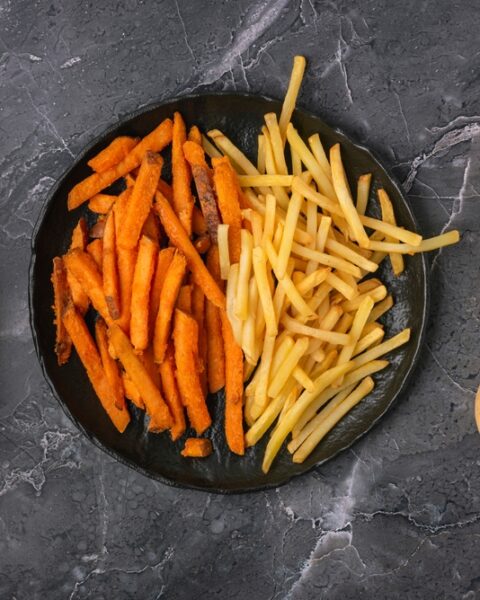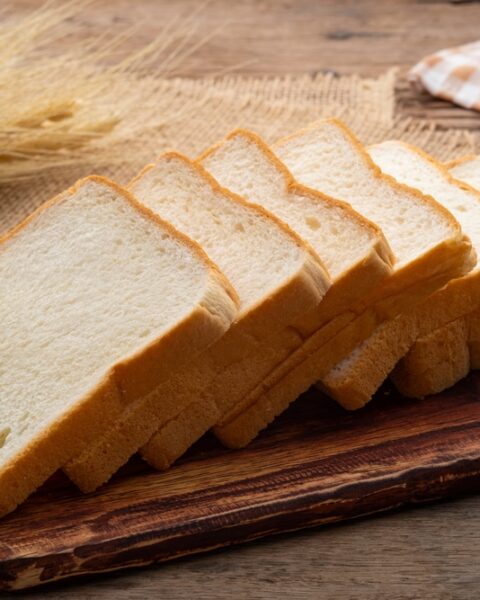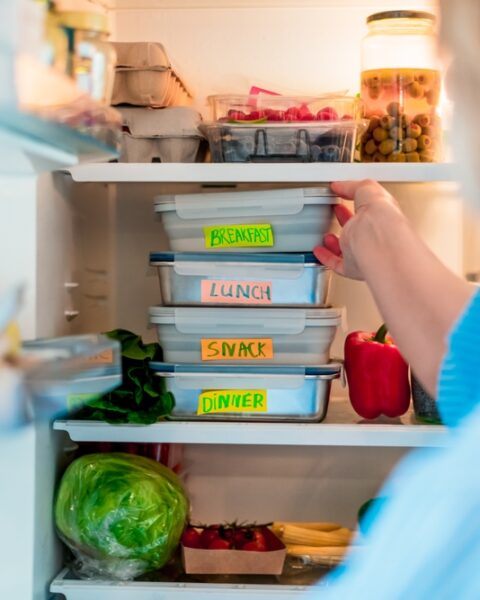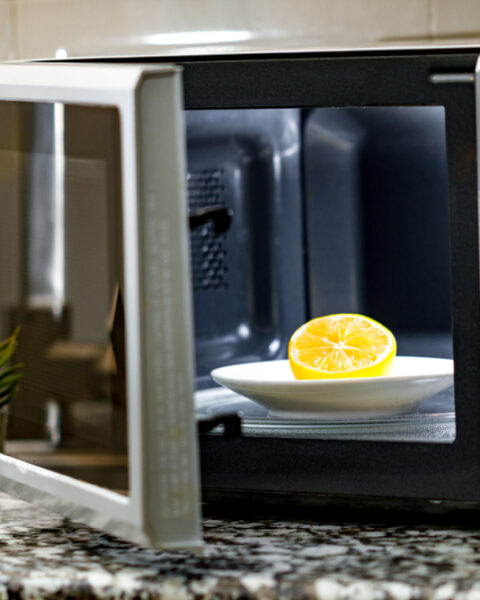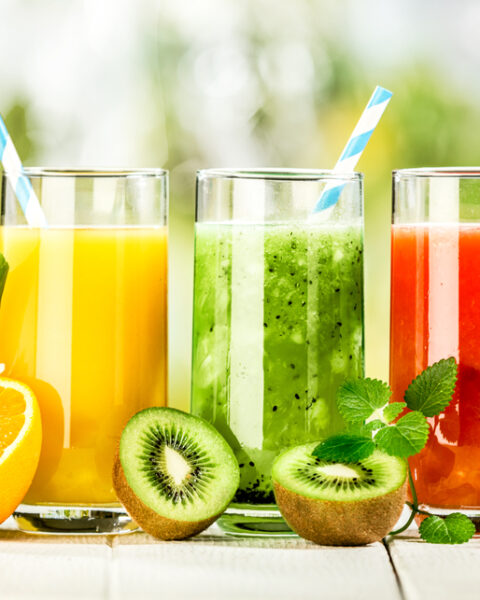Building a delicious and nutritious salad doesn’t have to be complicated. With the right ingredients and a little creativity, you can turn a simple bowl of greens into a vibrant and satisfying meal. This guide is packed with easy-to-follow tips to help you create a salad that’s as tasty as it is wholesome. Let’s get started and make salads that you actually look forward to!
Contents
- 1 Start with a Base of Dark Leafy Greens
- 2 Incorporate a Variety of Colorful Vegetables
- 3 Add Lean Protein Sources
- 4 Include Healthy Fats
- 5 Incorporate Whole Grains
- 6 Add Fresh Herbs for Flavor
- 7 Use a Balanced Dressing
- 8 Add a Touch of Sweetness
- 9 Include a Crunch Element
- 10 Experiment with Different Textures
- 11 Add Fermented Foods
- 12 Be Mindful of Portion Sizes
- 13 Incorporate Seasonal Ingredients
- 14 Avoid Overloading with Cheese
- 15 Roast Vegetables for Extra Flavor
- 16 Include Citrus Elements
- 17 Use Freshly Ground Spices
- 18 More From RetailShout
- 19 13 Must-Try Costco Prepared Foods (And 11 Not Worth It)
- 20 15 Unbeatable Costco Deals to Grab This December
Start with a Base of Dark Leafy Greens
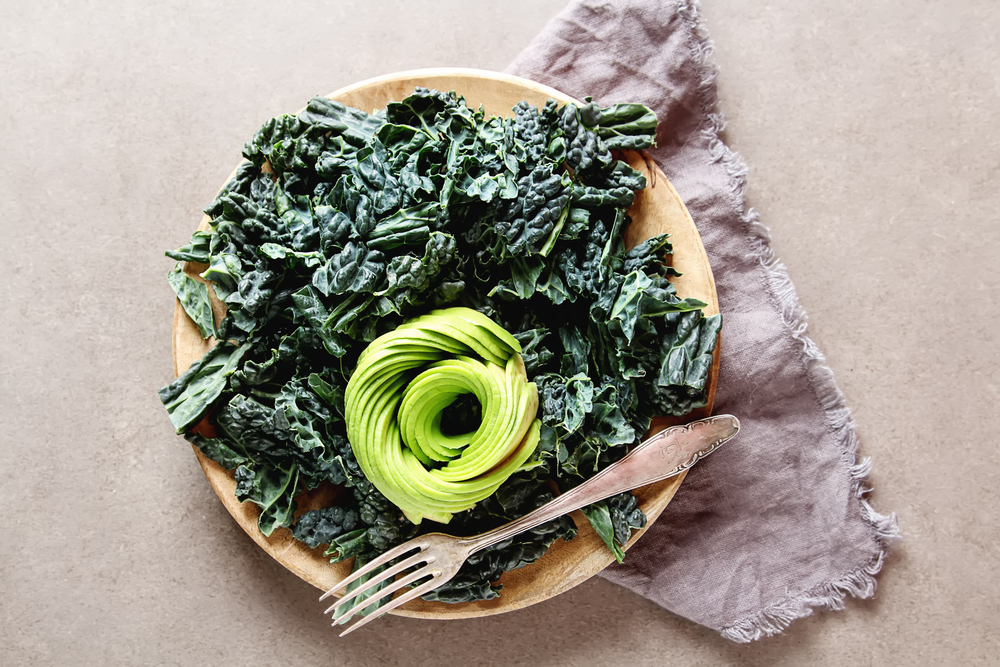
Begin your salad with dark leafy greens like spinach, kale, or arugula. These greens are rich in vitamins A, C, and K, as well as fiber and antioxidants, which support overall health. Unlike lighter greens such as iceberg lettuce, darker varieties offer more nutrients and robust flavors. Mixing different greens can provide a variety of textures and tastes. This foundation sets the stage for a nutrient-dense salad.
Incorporate a Variety of Colorful Vegetables
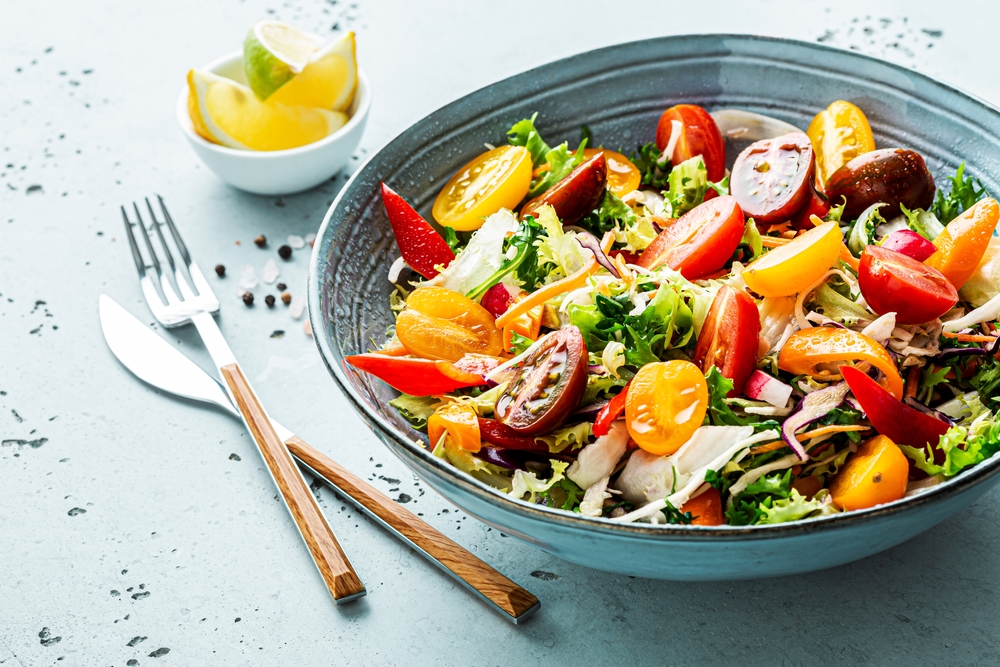
Adding a spectrum of colorful vegetables enhances both the visual appeal and nutritional value of your salad. Vegetables like bell peppers, carrots, tomatoes, and red onions provide essential vitamins and minerals. Each color represents different phytonutrients that contribute to overall health. Aim for at least three different colors to maximize benefits. This approach ensures a diverse intake of nutrients.
Add Lean Protein Sources

Including lean proteins such as grilled chicken, tofu, beans, or lentils makes your salad more filling and nutritionally balanced. Proteins are essential for muscle repair and satiety. For plant-based options, consider chickpeas or edamame, which are high in protein and fiber. Adding protein helps stabilize blood sugar levels and keeps you satisfied longer.
Include Healthy Fats
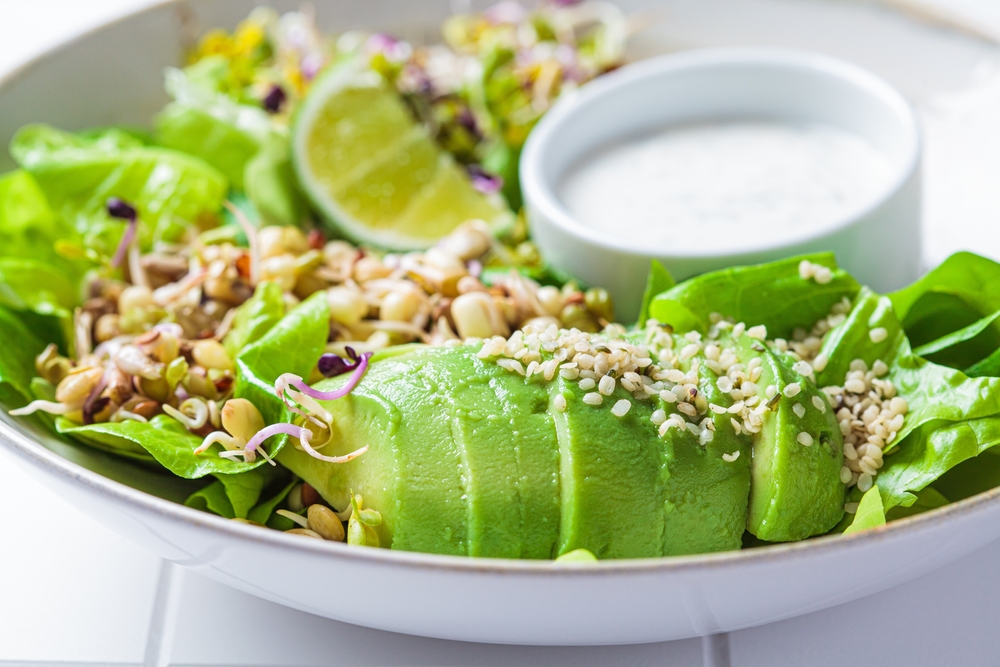
Healthy fats like avocados, nuts, and seeds enhance flavor and aid in the absorption of fat-soluble vitamins. Avocado slices add creaminess, while nuts and seeds provide a satisfying crunch. These fats support heart health and increase satiety. Be mindful of portion sizes to keep calorie intake in check.
Incorporate Whole Grains
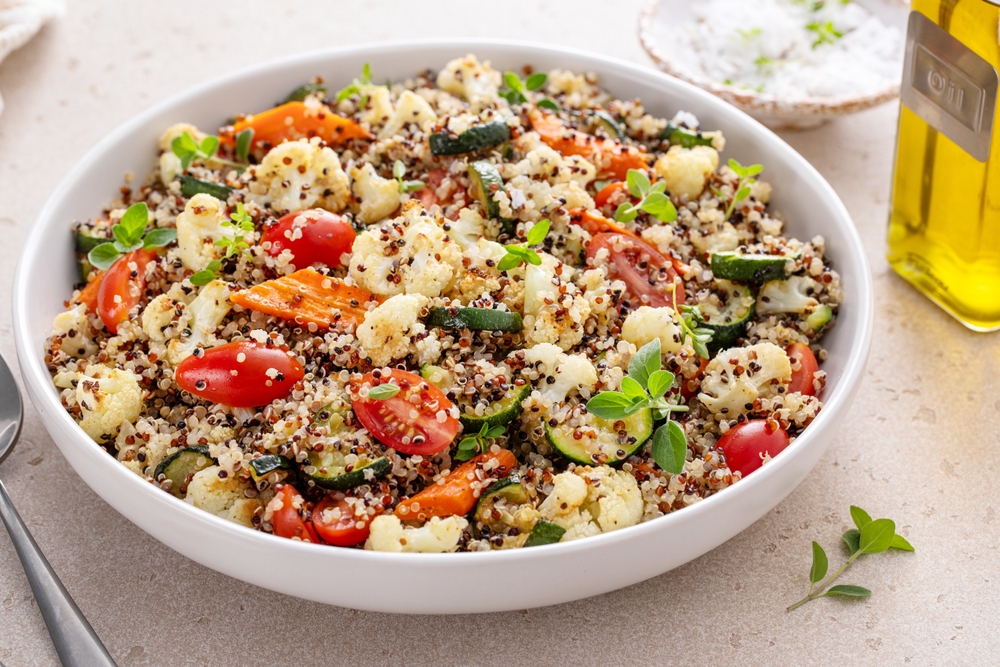
Adding whole grains such as quinoa, brown rice, or farro boosts the fiber content and makes the salad more satisfying. Whole grains provide sustained energy and essential nutrients like B vitamins. They also add a hearty texture to your salad. Including grains can transform a light salad into a complete meal.
Add Fresh Herbs for Flavor

Fresh herbs like basil, cilantro, or mint can elevate the flavor profile of your salad without adding extra calories. Herbs provide aromatic compounds and additional nutrients. They can also enhance the freshness of the salad. Incorporating herbs allows you to reduce the need for heavy dressings.
Use a Balanced Dressing
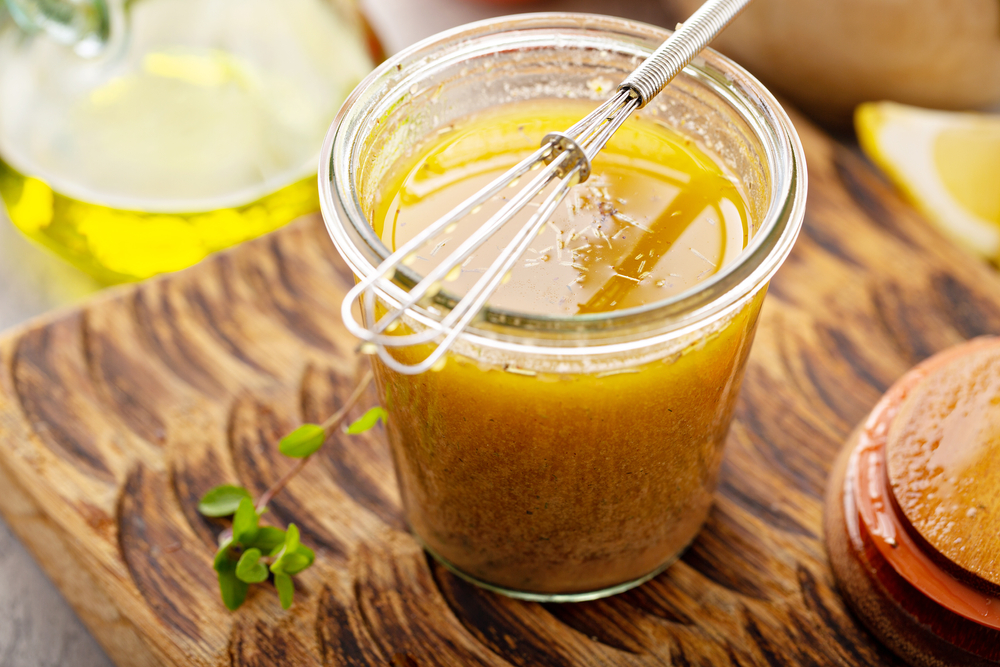
A well-made dressing ties all the salad components together. Opt for dressings made with healthy fats like olive oil combined with acidic elements such as vinegar or lemon juice. This balance enhances flavor and aids in nutrient absorption. Be cautious with store-bought dressings that may contain added sugars and unhealthy fats. Making your own dressing allows for control over ingredients and flavor.
Add a Touch of Sweetness
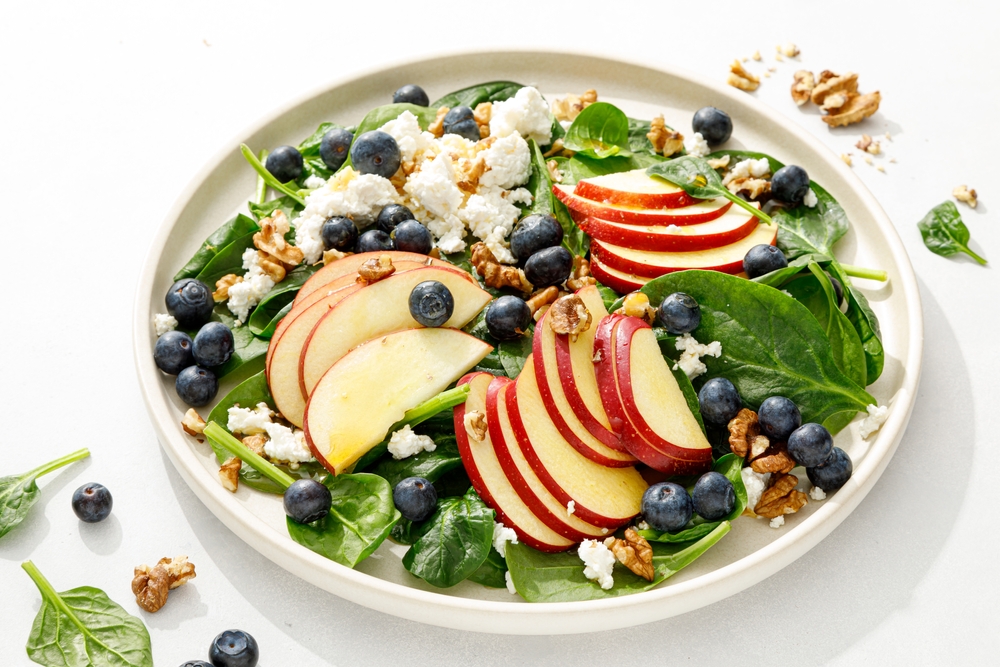
Incorporating fruits like berries, apple slices, or dried cranberries can add natural sweetness and additional nutrients. Fruits provide vitamins, antioxidants, and fiber. They also contrast with savory elements, creating a balanced flavor profile. Be mindful of the sugar content in dried fruits and use them sparingly.
Include a Crunch Element
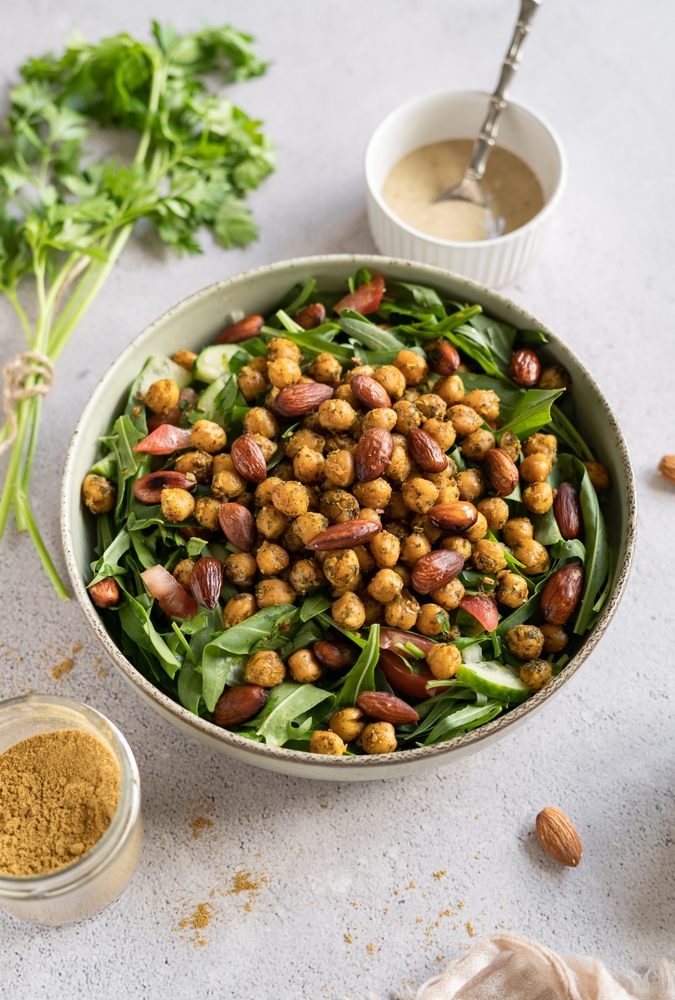
Adding crunchy elements like nuts, seeds, or roasted chickpeas enhances the texture of your salad. These additions provide healthy fats, protein, and fiber. They also make the salad more satisfying to eat. Choose unsalted and raw or dry-roasted options to keep them healthy.
Experiment with Different Textures
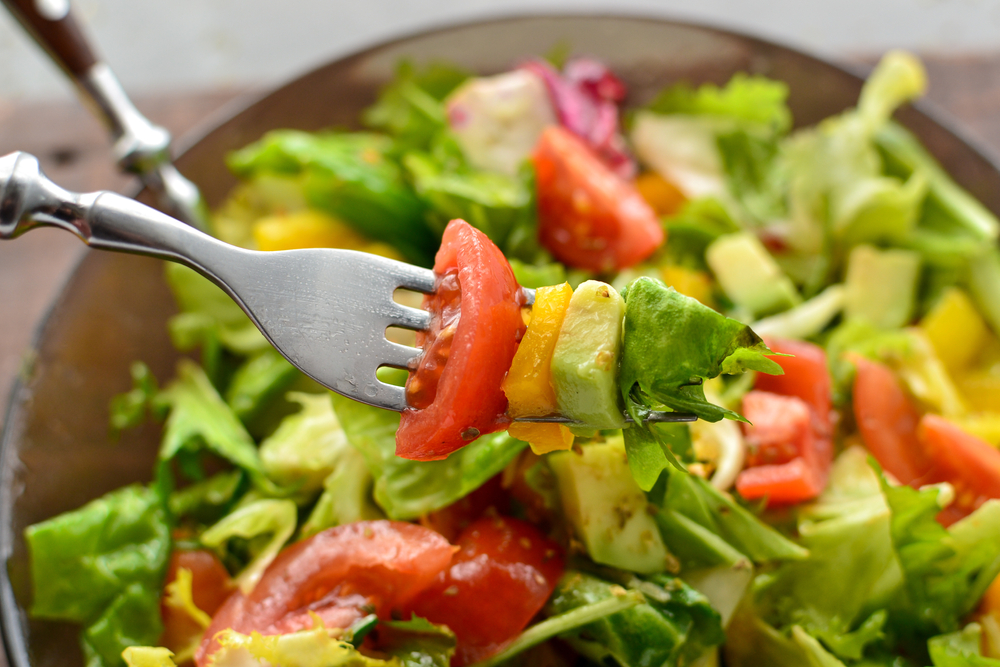
Combining various textures, such as crisp cucumbers, juicy tomatoes, and creamy avocados, makes the salad more enjoyable. Different textures stimulate the palate and enhance the eating experience. This variety can make salads more appealing and less monotonous. Experimenting with textures encourages the inclusion of a wider range of ingredients.
Add Fermented Foods
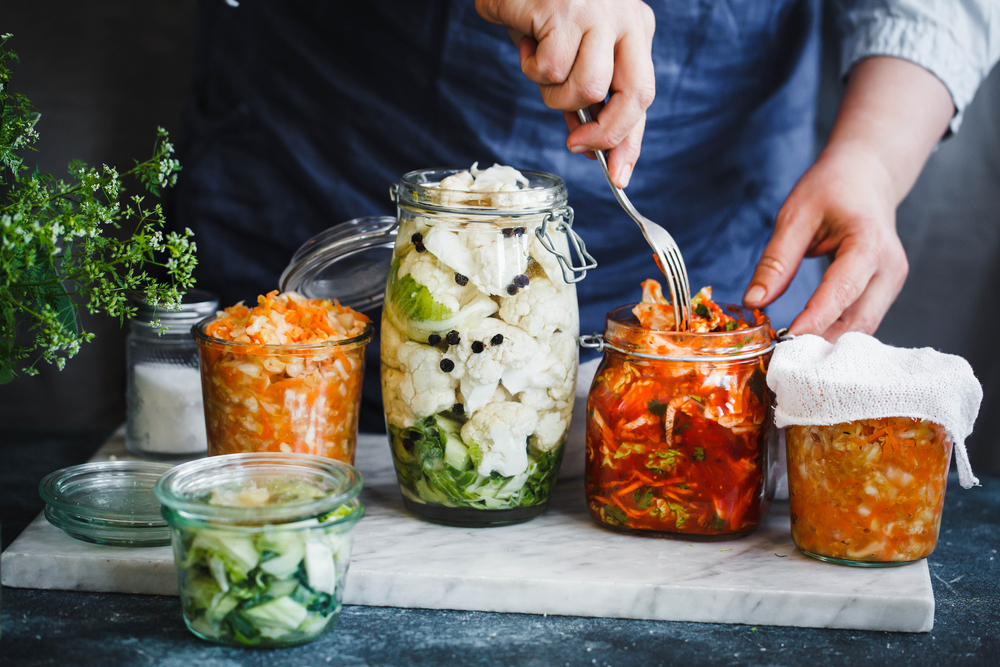
Incorporating fermented foods like pickled vegetables or sauerkraut introduces beneficial probiotics. These foods support gut health and add a tangy flavor to your salad. Fermented items can also enhance digestion. Start with small amounts to ensure the flavors complement your salad.
Be Mindful of Portion Sizes
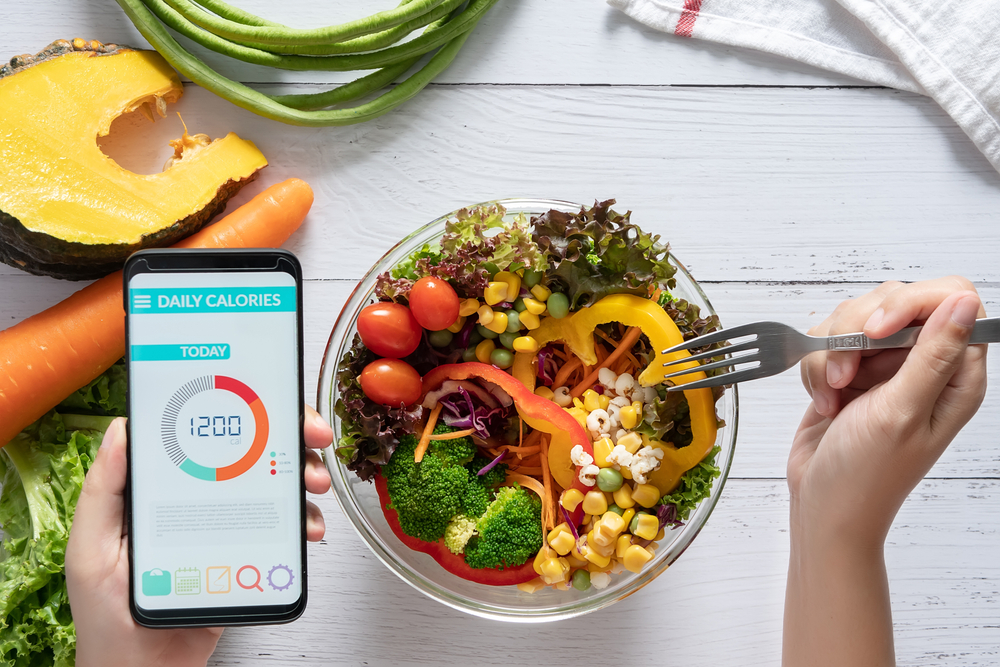
While salads are generally healthy, it’s important to be mindful of portion sizes, especially with calorie-dense ingredients like nuts, cheese, and dressings. Overloading on these can turn a healthy salad into a high-calorie meal. Measuring these additions can help maintain a balanced salad. This practice ensures that your salad remains nutritious and aligns with your dietary goals.
Incorporate Seasonal Ingredients
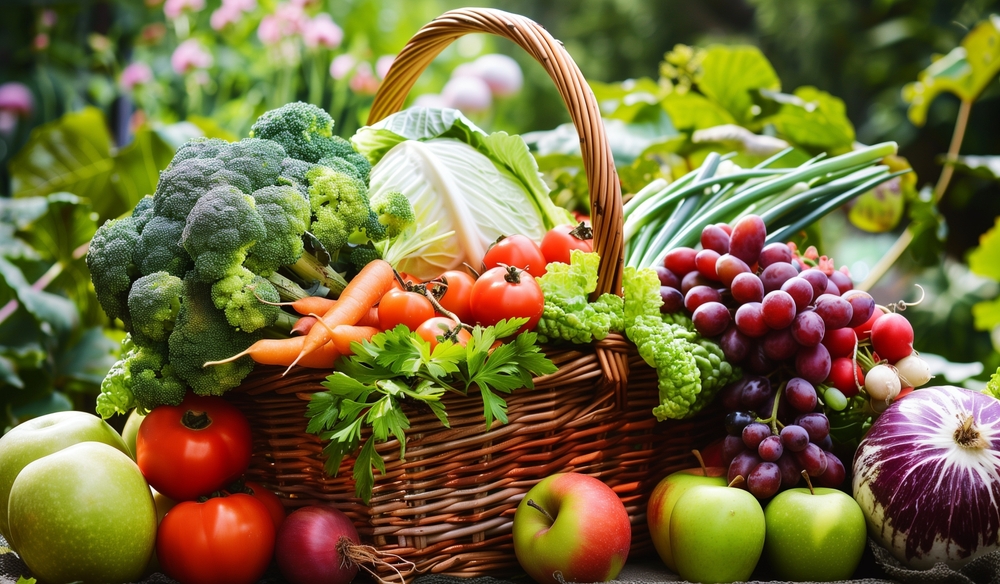
Using seasonal produce ensures your salad ingredients are fresh, flavorful, and nutritious. Seasonal fruits and vegetables are often more affordable and environmentally friendly. They also provide unique opportunities to explore different combinations based on what’s available. For example, include fresh strawberries in spring or roasted squash in fall. Leveraging seasonal ingredients keeps your salad interesting throughout the year.
Avoid Overloading with Cheese
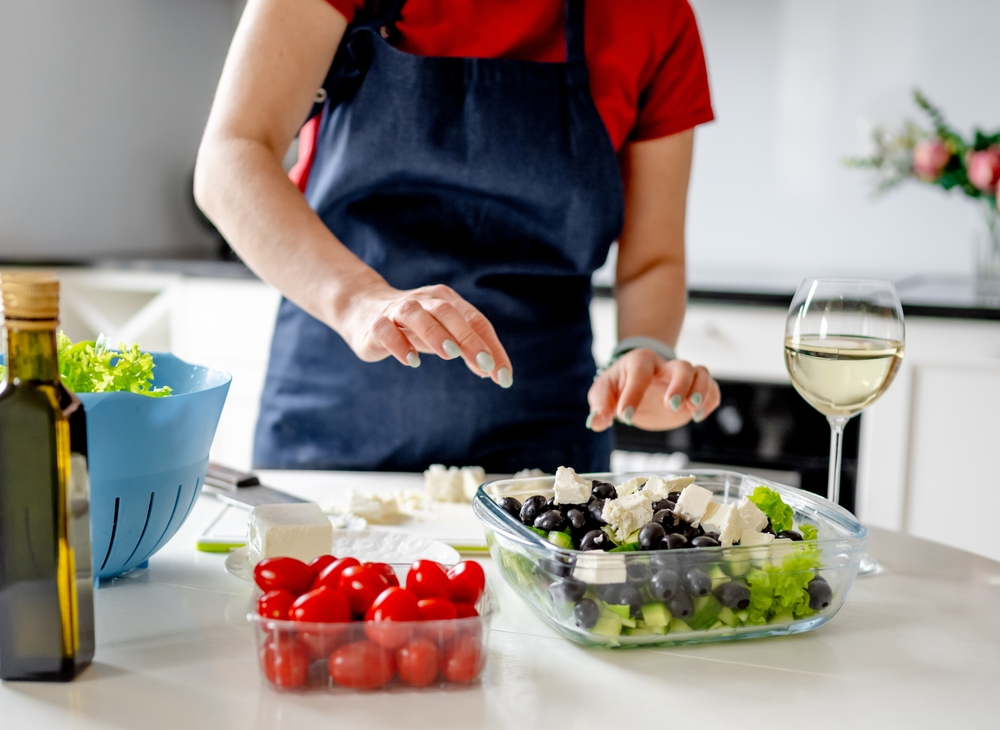
While cheese adds flavor and creaminess, it’s important to use it in moderation. Many cheeses are high in saturated fats and calories, which can quickly add up. Choose lower-fat options like feta or goat cheese for a lighter touch. Grating or crumbling cheese helps distribute it evenly across the salad for a balanced flavor. This ensures your salad stays nutritious without being overly calorie-dense.
Roast Vegetables for Extra Flavor
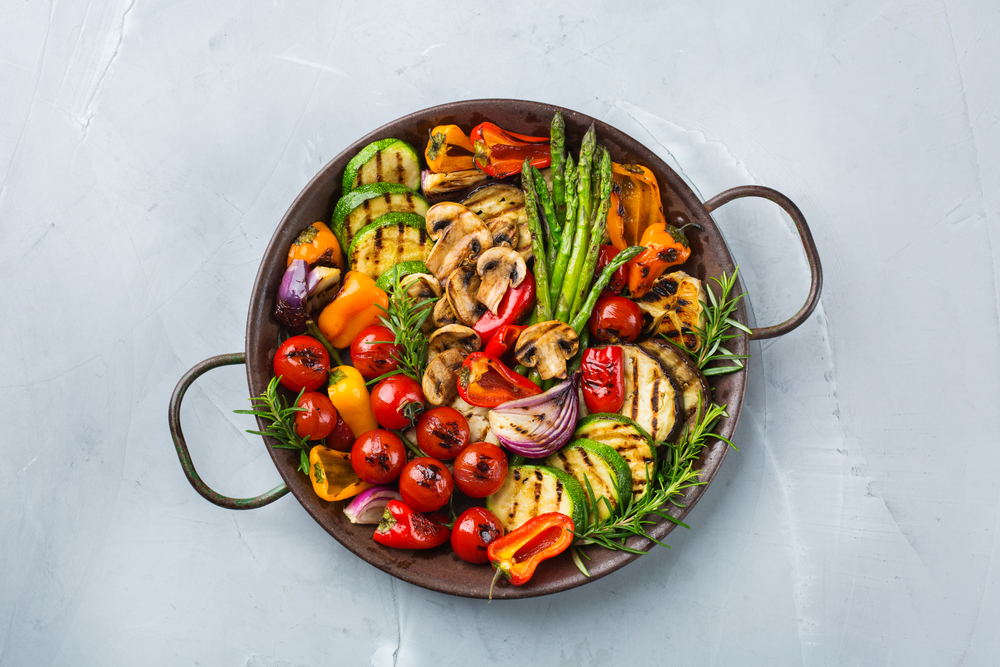
Roasted vegetables, like sweet potatoes, zucchini, or Brussels sprouts, add a smoky, caramelized taste to your salad. Roasting enhances the natural sweetness of vegetables, creating a contrast with fresh greens. They also add warmth and a heartier texture, making salads suitable for colder months. Experiment with different seasoning blends to customize the flavors. Including roasted vegetables can elevate a simple salad into a satisfying meal.
Include Citrus Elements
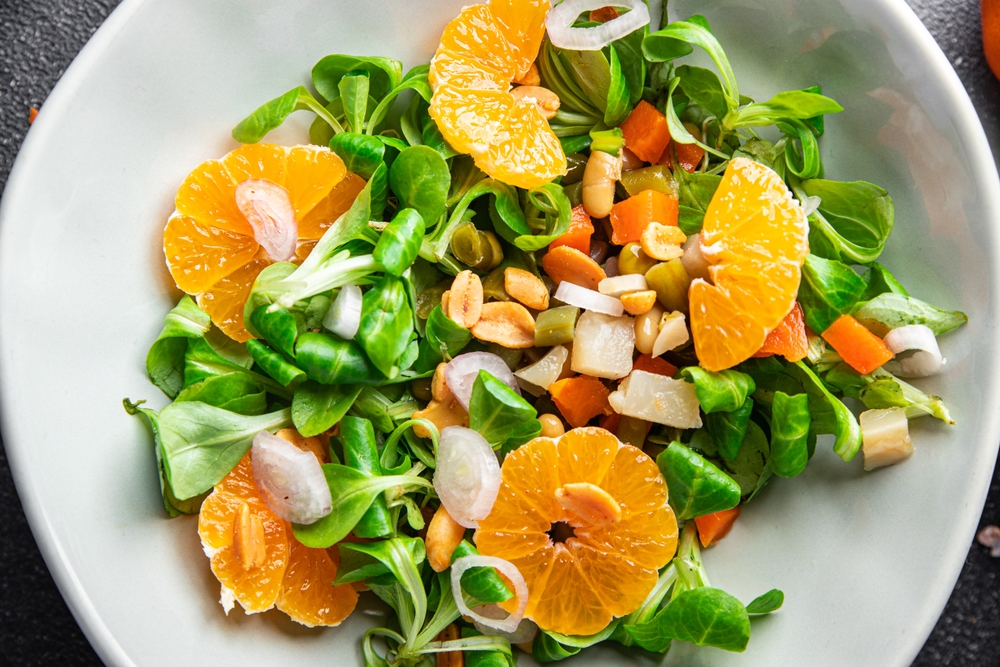
Adding citrus fruits like oranges, and grapefruits, or a squeeze of lemon juice can brighten the flavor of your salad. These ingredients offer a refreshing acidity that complements richer components like nuts or avocados. Citrus fruits are also packed with vitamin C and antioxidants, boosting their nutritional value. Use citrus segments as a topping or mix the juice into a vinaigrette for a zesty dressing. This layer of flavor adds a dynamic touch to your creation.
Use Freshly Ground Spices
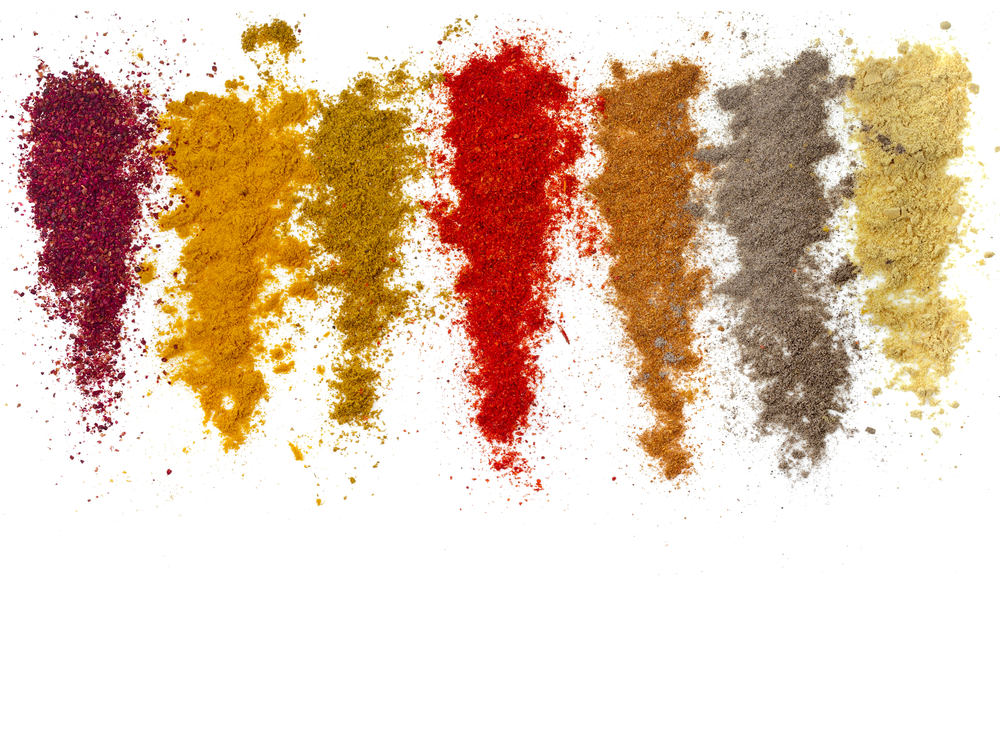
Incorporating freshly ground spices, such as black pepper, cumin, or paprika, can enhance the complexity of your salad. Spices add depth to the overall taste without adding calories. They also offer health benefits, such as anti-inflammatory properties from turmeric or improved digestion from fennel seeds. Experiment with different spice blends to complement your ingredients. This simple addition can transform an ordinary salad into an exceptional dish.
This article originally appeared on RetailShout.
More From RetailShout
15 Creative Dollar Tree DIYs to Transform Your Home Decor

Transforming your home doesn’t have to cost a fortune. With a little creativity and some affordable finds from Dollar Tree, you can elevate your decor in ways that look both stylish and personalized. Read More.
13 Must-Try Costco Prepared Foods (And 11 Not Worth It)
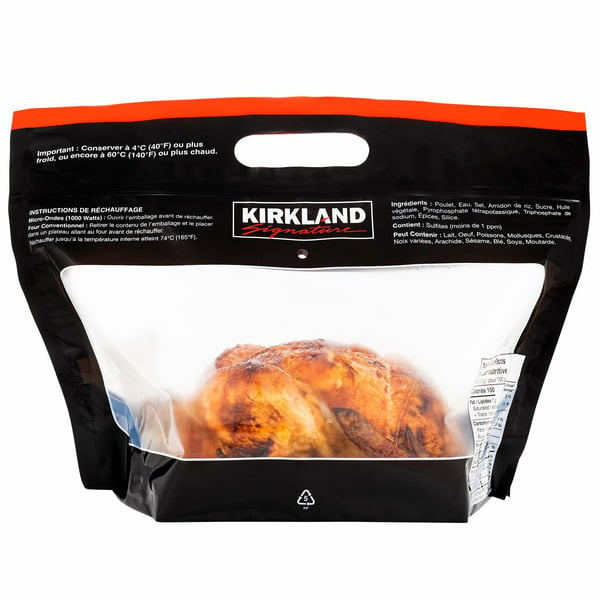
If you’re a Costco member, you know the warehouse store is full of tempting food options, especially when it comes to ready-made meals. But with so many choices, it’s easy to end up with something that’s just not worth your time or money. Read More.
15 Unbeatable Costco Deals to Grab This December
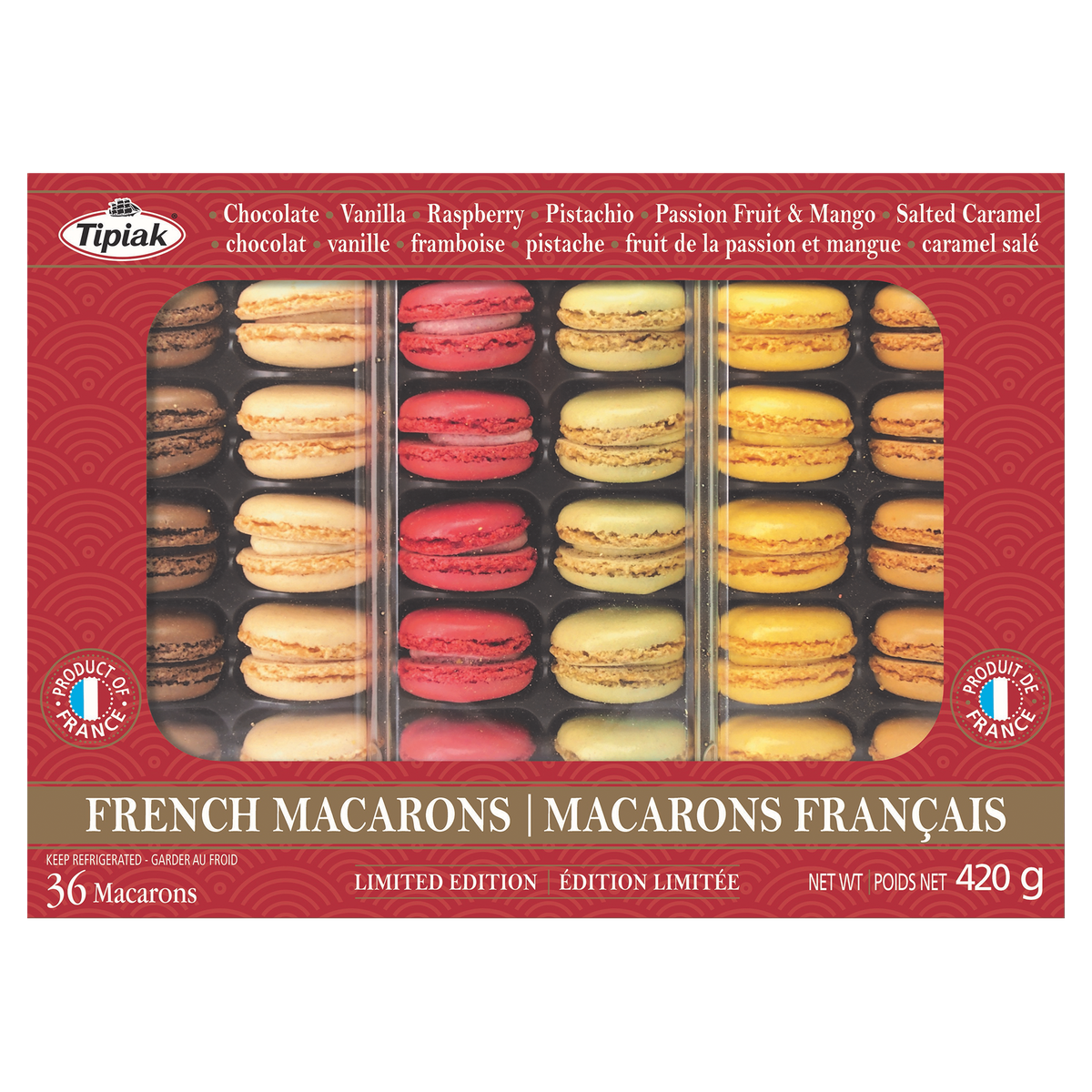
Costco is the go-to spot for unbeatable deals, and December is no exception. With the holiday season in full swing, it’s the perfect time to stock up on gifts, seasonal goodies, and household essentials without breaking the bank. Read More.


